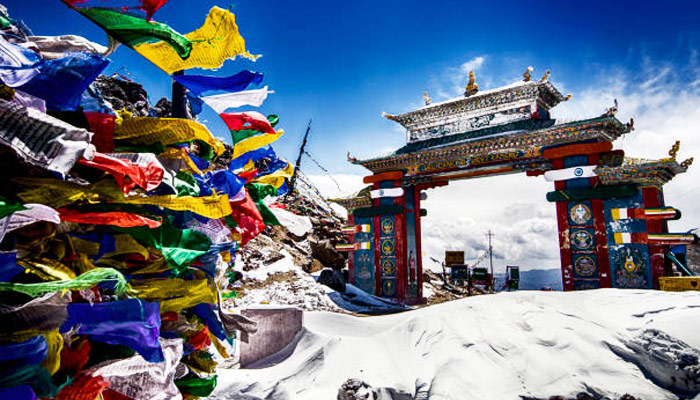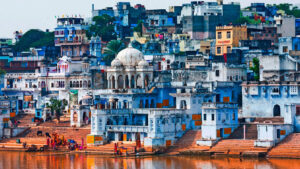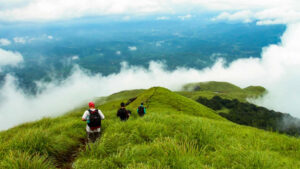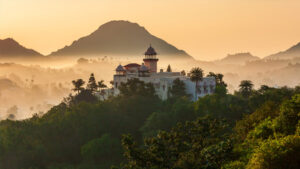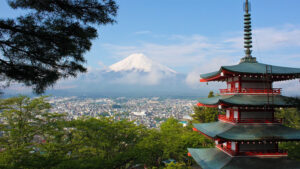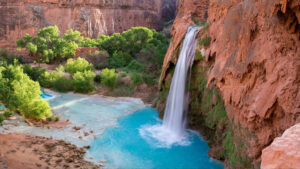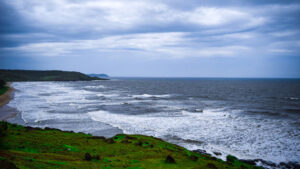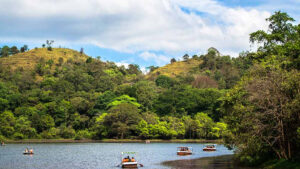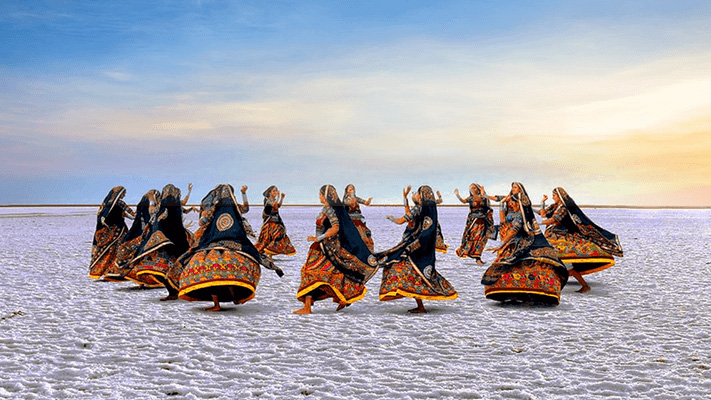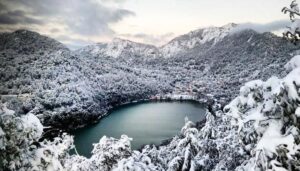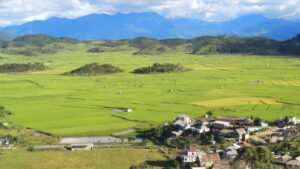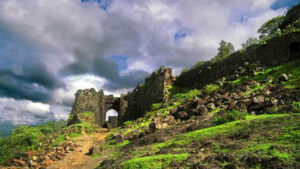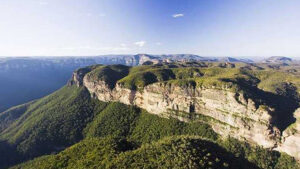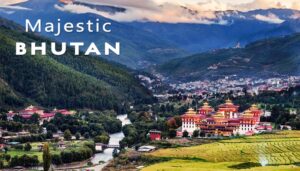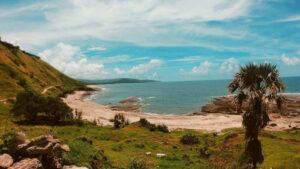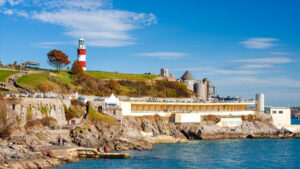BEAUTIFUL SEVEN SISTERS OF NORTH EAST INDIA

We all agree with the fact that Northeast India is one of the least-explored regions in the country and hence, there are innumerable places in this unexplored heaven which need to be discovered and explored. Have you ever been to any state in Northeast India? Well, if not, then this article is definitely for you.
Enriched with diverse flora and fauna, these places are away from the tourist circuit. There history, culture and traditions are varied and deep-rooted in the past. Every destination is a slice of paradise and warm locals await to welcome visitors.

Mostly all the seven sisters have International boundaries. The largest monastery in India also happens to be in Arunachal Pradesh known as the Tawang Monastery, the highest average rainfall on Earth happens to be in Mawsynram, Meghalaya and do you know about the undivided dynasty of India, which ruled for nearly 600 years!! Well, this is just a gist, and here’s a welcome to know more about what the Seven Sisters and their Only Brother have to offer.
The North-Eastern state consists of the seven sisters. This includes Arunachal Pradesh, Assam, Meghalaya, Manipur, Mizoram, Nagaland and Tripura. all the seven states are hugely dependent on each other and share great similarities in its biodiversity, religions, political, economy and culture. But, sadly Sikkim is not part of the seven sisters a sit is separated by a chicken neck corridor or Siliguri corridor. A tiny strip of land in the northern region of Bengal joins the North East with the rest of India and called the only brother of these sisters…. Strange but True!!

ASSAM
The tea state, Assam sits pretty between the grand kingdom of Bhutan, the land of the rising sun Arunachal Pradesh to its north, the abode of clouds Meghalaya, the Land of Festivals Nagaland, the Jeweled land Manipur, the songbird of India Mizoram and Tripura in the southern region of this part of the country. The mighty Brahmaputra River originating from the gigantic Himalayas passes through Assam. The Brahmaputra river with its 1000 km length is also known as the ‘lifeline of Assam’ as its water quenches the thirst of twenty-two districts, five national parks and twenty wildlife sanctuaries. Land of approximately nine hundred breeds and birds. The thriving greenery grasslands, forests, wetlands, rainforests help in the sustainment of the flora and fauna of the region. Assam is known for conserving many extinct species like the one-horned Indian rhinoceros from near extinction, along with the wild water buffalo, pygmy hog, tiger the Asian elephant and various Asiatic birds. World heritage sites Kaziranga National Park and the Manas National Park are the two prominent spots of Assam. Assam is also home to many tribes such as the Garo, the Mikir, Khasi, the Lushai and the Kachari tribes. Also, the popular Bihu state festival is celebrated thrice a year in January, April and December.

MANIPUR
Manipur was once regarded as one of the princely states of the British Empire. The state shares an international border with Myanmar. During the 1930’s Manipur was being cut off from the Indian region. The Britishers wanted Manipur to be part of Myanmar. But, after many negotiations, on the 11th of August 1947, Maharaja Budhachandra signed an Instrument of Accession and hence, Manipur became a permanent part of India. Manipur is home to the Meitei tribe that occupies the majority of the state. Apart from them, the Naga and Kuki-Zo tribe are also found. Manipur is rich in its flora. The state’s economy and the people of Manipur are hugely depended on the cultivation of a varied variety of plantations. Surrounded by the Naga hills in the north, the Mizo and Chin hills in the south, the Manipur hills in the west and the green valleys (Rice Bowl of Manipur) hold a prestigious spot in the eyes as rice is the staple food of Manipur.

MEGHALAYA
Sharing its border with the country of Bangladesh and the only state Assam is the north-eastern state Meghalaya. Meghalaya is known to be the wettest place on Earth. The average rainfall of some places of the state can reach up to 12,000 mm. Cherrapunji in the Khasi Hills of Meghalaya holds the world record for most rain in a month. Whereas the Mawsynram village near Cherrapunji holds the record of the maximum rainfall in a year. Meghalaya is home to the Sacred Grove forests that have a rich and rare flora. The Asiatic elephants, mongoose, red panda, wild boar and the Great Indian Hornbill (largest found bird of Meghalaya) are a few of the species found in abundance.
The majority of the state of Meghalaya is bestowed in hills and thick forests that are found drenched most of the year due to frequent showers that are responsible for the recurring pleasing nip in the air. English is the official language of Meghalaya. Khasi, Garo, Bengali, Nepali, Hindi and Assamese are also spoken. Meghalaya is famous for celebrating the Wangala festival in the month of November every year. The Autumnal Festival, Strawberry Festival and the Ranikor Festival are a few other festivals celebrated in Meghalaya.

MIZORAM
The state of Mizoram translates into the ‘Land of the Mizos’. It is a landlocked state that shares its borders with Indian states Tripura, Assam and Manipur and the international borders with Myanmar and Bangladesh. Mizoram was earlier part of Assam but in 1972 was converted into a union territory. Mizoram with a mere population of 22,000 people is the least populated state of the country. the state is known for a vibrant amalgamation of various tribes such as the Dulien, Ralte, Poi, Jahao, Pankhup, Mar and nine more tribes. Mizoram is known for its natural beauty. The Phawngpui Tlang also known as the Blue Mountain is the highest peak in Mizoram at 2,210 metres. The state is covered by thick forests as but the state frequently follows the Slash and burn cultivation method. Also known as the fire fallow cultivation, it involves cutting and burning of plants to create a swidden or a filed. Even though the Slash and burn method is banned in Mizoram, many people still practice this method. Hence, this has been a huge cause for affecting its terrain. The Mim Kut, Pawl Kut and Chapchar Kut are some of the famous festivals of Mizoram.

NAGALAND
Sharing its borders with Assam, Arunachal Pradesh and Myanmar in the southeastern part of Nagaland. The capital of Nagaland is Kohima. A vital area of Nagaland is covered in evergreen forests. An abundant and diverse range of trees like the palm trees, bamboo trees, rattan trees and the mahogany tree, the sambar deer, wild oxen, buffalo, bears, leopards, tigers, elephants, foxes, five cats, mongooses and monkeys are just some of the species that are found in a large number.
Nagaland is highly dependent on agriculture for food and employment. Ninety per cent of the Nagaland population is employed in the agriculture sector. It was only in the early 1970s, only cottage industries existed in the state.

ARUNACHAL PRADESH
The land of the ‘dawn-lit mountains’ shares its borders with the international countries Bhutan, Myanmar and China and the Indian states Assam and Nagaland. Arunachal Pradesh was formerly named the North-East Frontier Agency and was part of the state of Assam. It was in 1972 that it was made the Indian union territory and later in 1987 announced as an Indian state. Arunachal Pradesh is mostly covered by the snow-capped mighty Himalayas. Many rivers such as Tsangpo (Brahmaputra River) flows its tributaries through the Himalayas into the Indian states. The state is rich in its biodiversity. 750 bird species and 200 mammals are found here. Animals species include tigers, snow leopards, elephants, musk deer, red panda, wild buffalo and goral goats. Half of the population of the state is involved in farming but only a tiny piece of land is used for agriculture. The majority tribes of the region are called the Scheduled tribes. The other tribes include the Adi tribe that is the largest tribe of the state, Nissi, Apa Tani, Hill Miri, Sherdukpen, Aka and Monpa. Arunachal Pradesh is one of the diverse linguist regions of Asia. It is home to thirty to fifty distinct languages and dialects. The capital of Arunachal Pradesh is Itanagar.

TRIPURA
Tripura is the third smallest state of India. Tripura was ruled for several centuries by the Tripuri dynasty. It was part of an independent princely state under the British Empire. The independent Tripura became part of Independent India in 1949. Tripura is heavily guarded by mighty mountain ranges like the Shakhan, Jampui Boromura, Atharamurat and the Longtharai hills. The region is majorly covered in forests in which the bamboo and perennial grasses can be seen conveniently leaving only a small portion of land available for cultivation. The agriculture sector is the main sector for Tripura’s economy. Despite Tripura is one of the top literate states of India with 87.75%, the people sadly face poverty and unemployment. The major tribal groups are Reang, Tripura, Noatia, Debbarma, Jamatia, and fourteen more tribes that migrated to Tripura as tea labourers. The state exudes a blend of tribal and Bengali culture that can be prominently witnessed during the colourful and vibrant celebration of their festivals. Durga Puja, Kali Puja, Ashokastami and Dolyatra are some of the important festivals of the state. Bengali is the most widely spoken language in Tripura. Kokborok is a prominent language of the Tripura tribes. Various other languages such as Mog, Halam, Garo Manipuri and Manipuri are spoken here. The capital of Tripura is Agartala.

SIKKIM
Bordered by Bhutan, Nepal and West Bengal Sikkim is the second smallest state of India after Goa. Sikkim is famous for having the highest peak of India, the Kangchenjunga that is also the third highest mountain in the world. Sikkim was founded by the Namgyal dynasty and ruled by a Buddhist priest. It was included as a princely state under the British rule. In the year 1975, the monarchy form of government was abolished and led the state of Sikkim to become the 22nd state of India. Sikkim is one of the fast-growing states of India. Sikkim is hugely dependent on agriculture as its source of economy. In 2014, Sikkim had the third-smallest but fast-growing GDP in India. It is the second-largest producer of cardamom after Guatemala. In 2016, Sikkim achieved the great feat of converting its produce to completely organic.
Sikkim is the only Indian state to accomplish this achievement. It has also been successful in banning the use of plastic bottles and polystyrene products making it one of India’s environmentally conscious and responsible states. Sikkim is a multilingual state. The official languages of the state include English, Nepali, Sikkimese and Lepcha. The capital of Sikkim is its largest city, Gangtok.
Best Month to Visit
The perfect months for visiting the north-eastern states is from October to March. Avoid the rainy showers and visit the states in the months of winters and summers as roaming on the streets and exploring the beauty in pleasing and refreshing weather is considerably easier.


